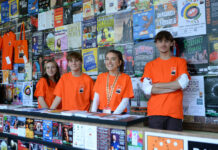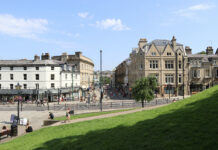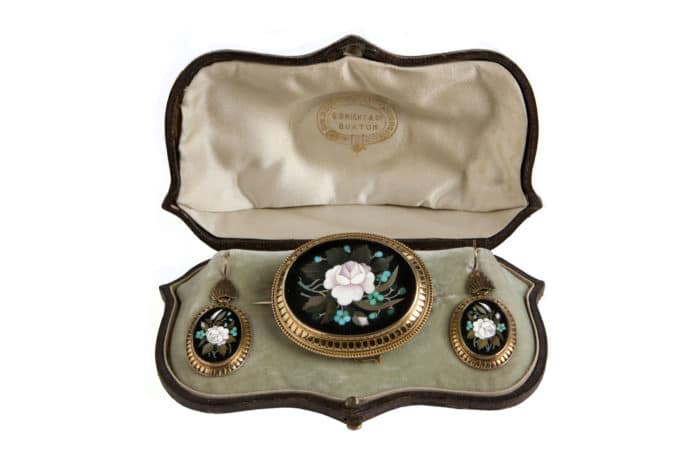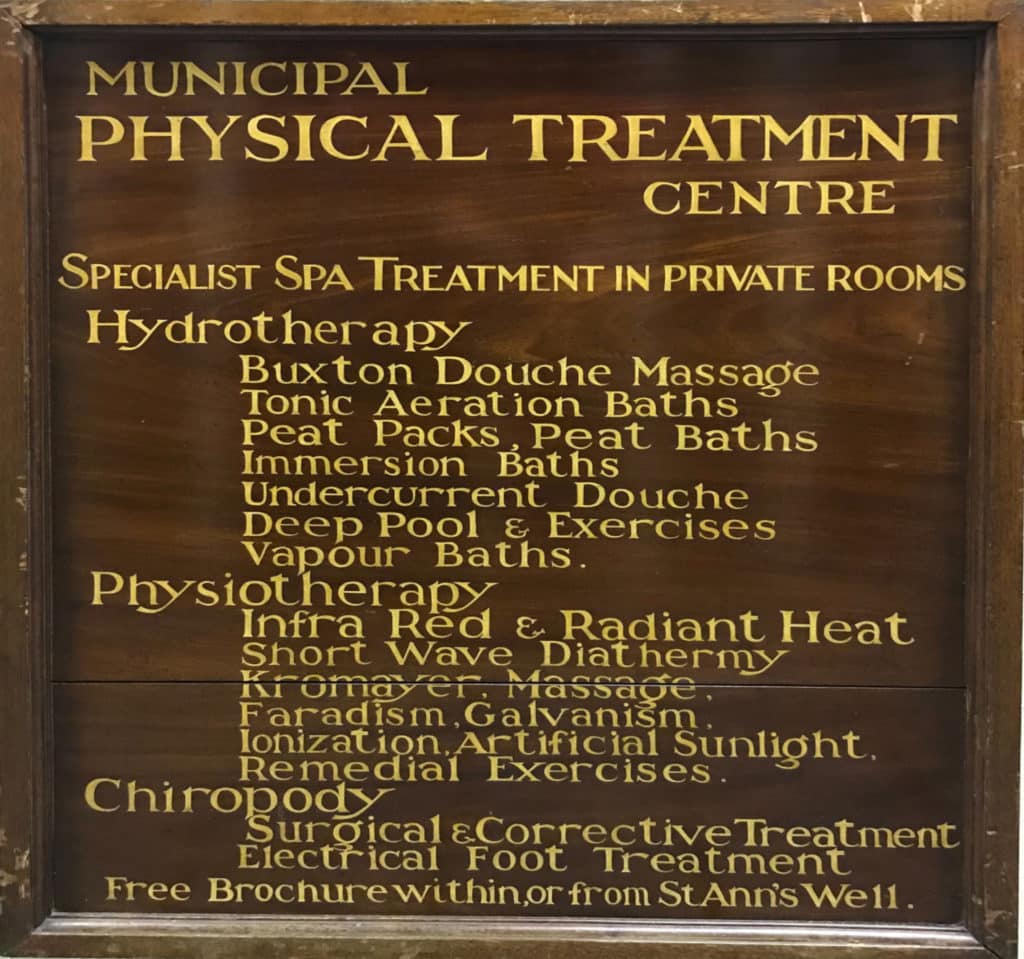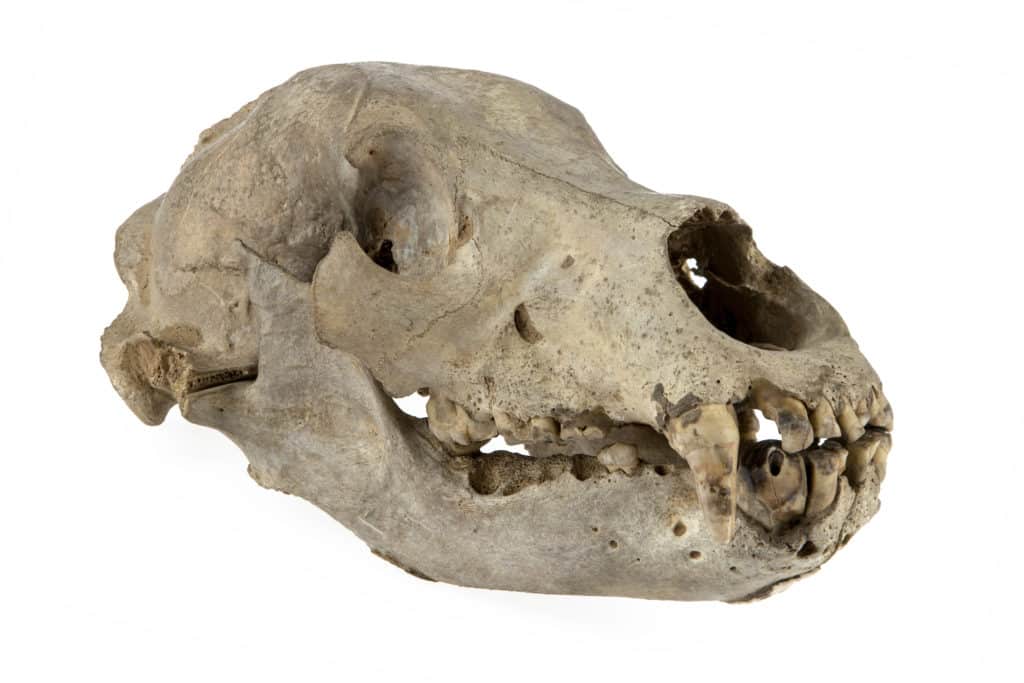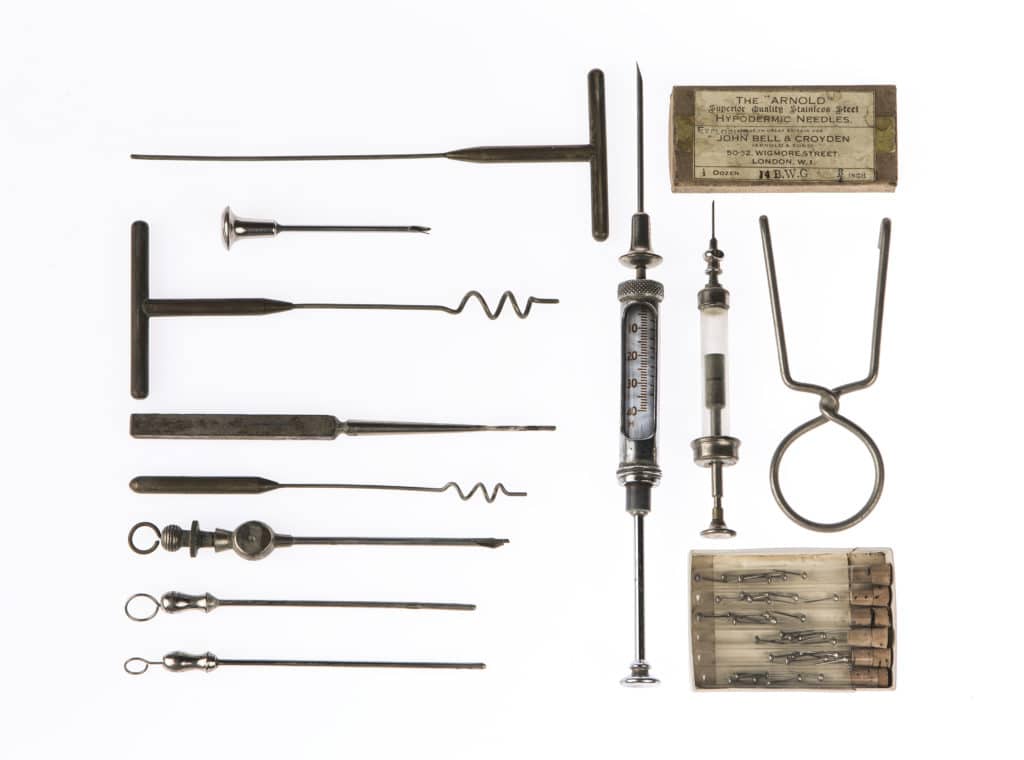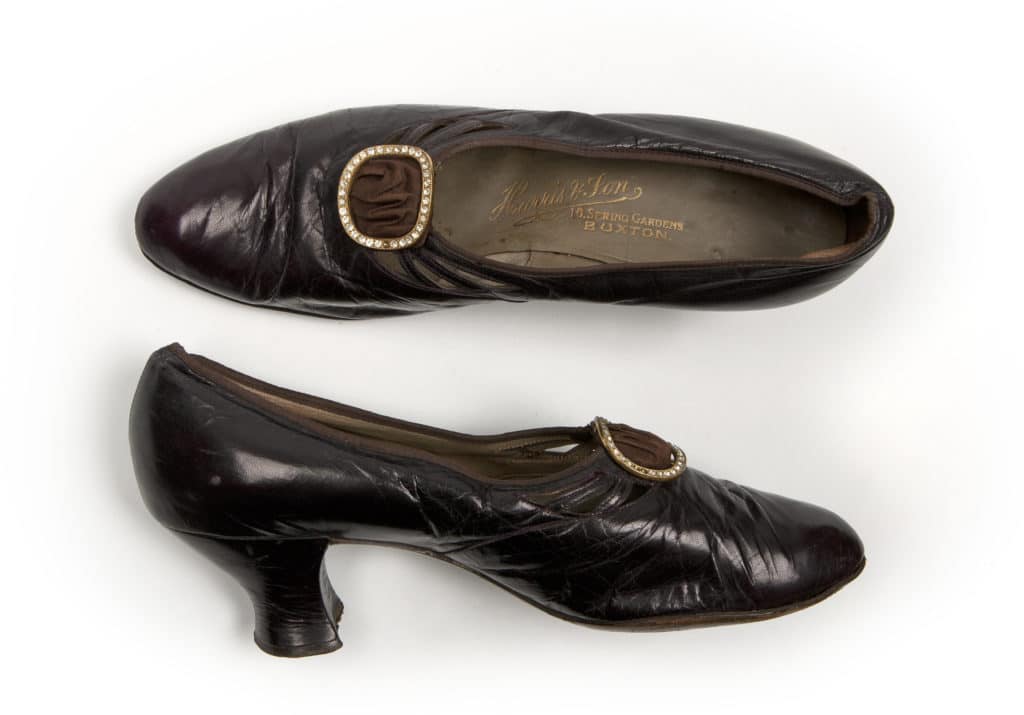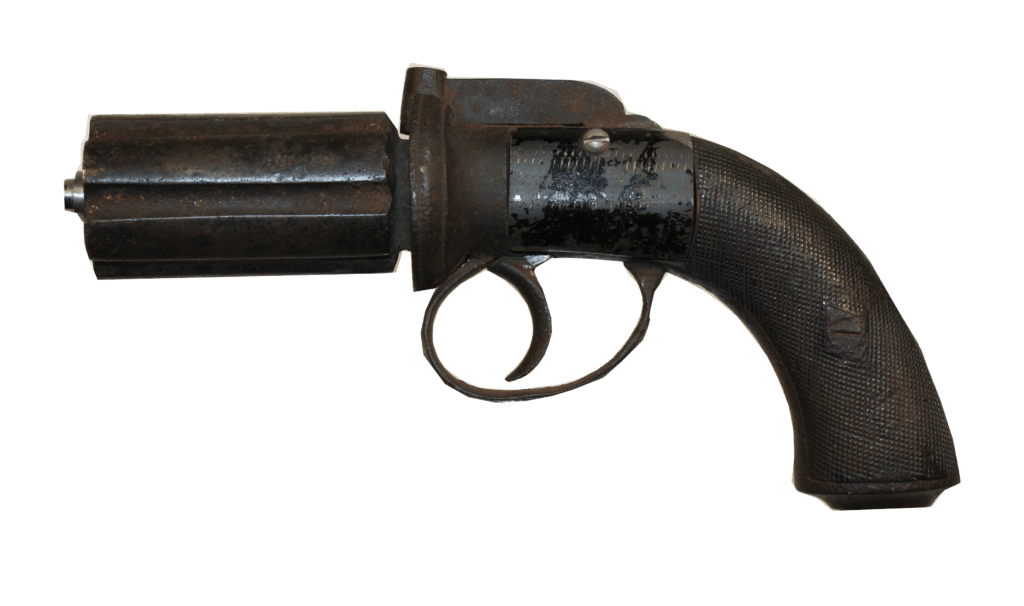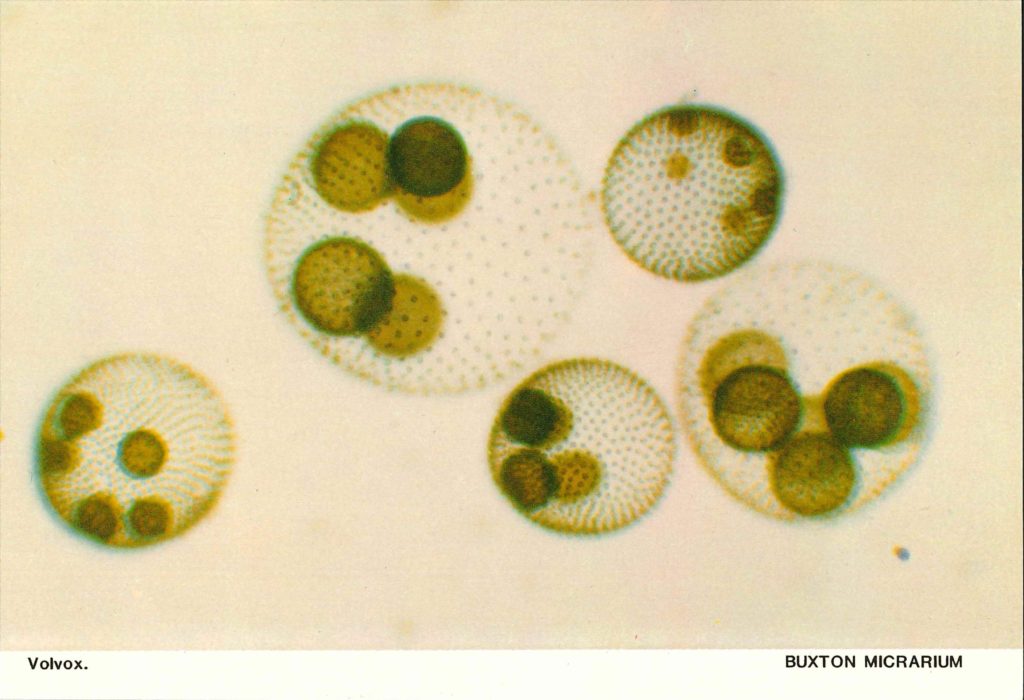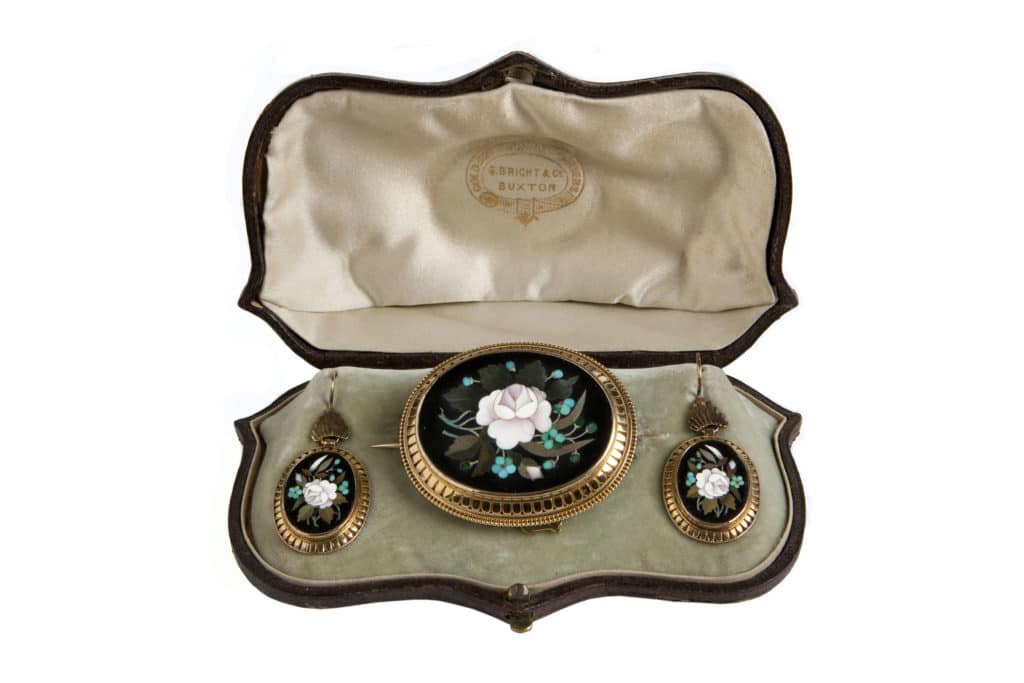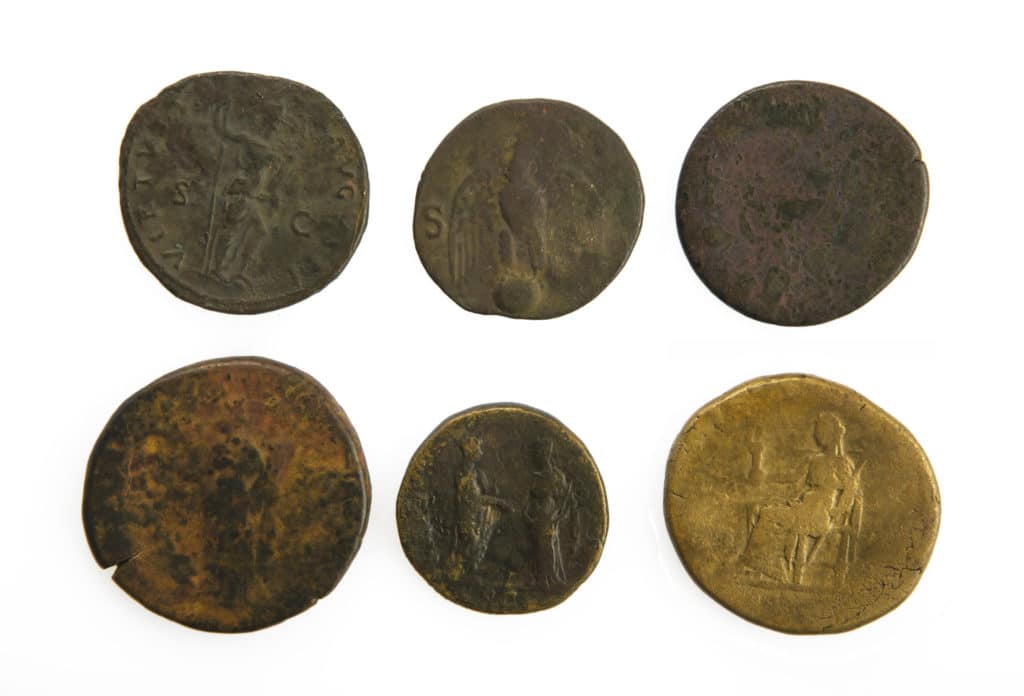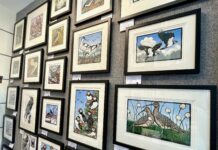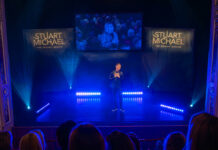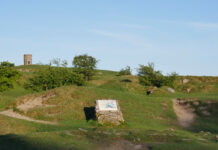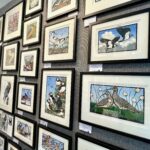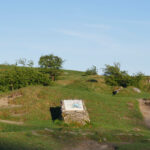Did you get chance to see part one and part two? If you have been to Buxton Museum and Art Gallery, you may have seen its famous Wonders of the Peak gallery which delves into the history of the Peak District but there are also many curious artefacts from the town itself. From fossils that reveal an entirely different landscape thousands of years ago to its first ever human inhabitants, from foreign invaders to the growth of several unique industries, Buxton has a past comparable to nowhere else. For the first time ever, the team at the museum present the story of Buxton, told in objects, exclusive to Explore Buxton.
21. Treatments Available
The local authority ran the Thermal Baths at Buxton where customers could avail themselves of an array of treatments, some which seem quite routine although a douche may not have been an altogether pleasant experience. The Thermal Baths were popular with Liverpool and Manchester’s football teams coming here to use them.
22. Bear Skull
It wouldn’t be Buxton Museum without having a bear in the timeline. In 1889, two boys named as Millett and Hobson went into Thirst House cave in Deepdale and found a bear skull which they prised from the stalagmites. It came to the attention of local antiquarian Micah Salt who undertook further research in the cave. This bear is about 70,000 years old. He was probably in a lot of pain from a bad tooth abscess. We are waiting on research to find out more about it.
23. Vet’s Tools
The rich grass of the White Peak has allowed people to farm around Buxton for generations. The vet was a regular visitor with animal welfare responsibilities as well as daily healthcare, arriving with an array of very serious-looking equipment.
24. Lady’s Shoes
This pair of lady’s shoes were sold by Harris and Sons, 16 Spring Gardens, Buxton in the 1930s. Imagine the lady: hat, coat, slender fitting skirt cut to show off her ankles and these pretty shoes on her feet. She must have enjoyed the thrill of buying them.
25. Painting of Fairfield Racecourse
A highlight of the late Georgian season in Buxton was horseracing on a course that is now the Fairfield and High Peak Golf Course. A two-day meet had top prizes including a Gold Cup in 1831 and the running of the St Leger in 1827.
26. Heacock’s Pistol
Philip Heacock was the 6th Duke of Devonshire’s agent in Buxton from 1801 to 1851, charged with running the town’s affairs and collecting the rents. Carrying quantities of money, he probably was reassured to be armed with a pistol.
He thought Buxton perfection, and would not have a sod cut or tree chopped down if he could help it, and truly happy must have been the life of this place before the iron horse brought hurry, worry and bustle to it. Like most ducal agents, Mr Heacock was all-powerful. In Mr Heacock, the shadow of ducal greatness loomed large over everything. If anyone wanted to do something of which Mr Heacock did not approve, they were told that their proposal would be submitted to the Duke, which meant Mr Heacock’s wastepaper basket.
27. Conductor’s Baton
Music has been at the heart of Buxton with the Duke of Devonshire providing a band to play in the park until the opening of the Pavilion in 1871. The first town bandmaster was Julian Adams. This baton was owned by Mr Frank Roberts Dodman who was engaged by the Buxton Operatic Society in the early 20th century, probably leading the orchestra in the Opera House completed in 1903 to the designs of Frank Matcham.
28. Postcards from the Micrarium
These images from the museum’s postcard collection are the only evidence of the town’s most unusual attraction; a museum of microscopic creatures called the Micrarium. The Pump Room (now the tourist information centre) housed 50 microscopes that revealed live specimens unseen to the naked eye. The Micrarium enjoyed a brief existence from 1981 to 1995 but it is remembered with fondness. The engineer who maintained the microscopes at the Micrarium built the one in the Wonders of the Peak at Buxton Museum.
29. Selim Bright set
The Victorians loved decorative jewellery and Ashford Marble provided a black palette to make some very beautiful items. This set mounted in gold and in its jeweller’s retail box was sold by jewellers and bankers, Selim Bright, who had business in Buxton and Sheffield. It dates from about 1850.
30. Buxton Coin Hoard
Last but by no means least is the superstar of Buxton objects, the coin hoard. In 1975, workmen excavating the Great Bath (now in the Crescent Hotel), Buxton, discovered a votive hoard of Roman coins and jewellery. The earliest coin dates to the reign of the emperor Claudius in about 50CE, and people continued to throw coins into the well until after the Roman legions officially left Britain in 410CE. Almost every Roman emperor is represented in the hoard so it can be used as a Who’s Who.
Visiting Buxton Museum and Art Gallery
Explore 100s more fascinating objects from Buxton and the Peak District at Buxton Museum and Art Gallery; To safely manage visitor numbers, visitors are currently required to book tickets in advance, although depending on capacity, walk-in’s are also welcome now. Entry is free. Book your FREE visit at: eventbrite.co.uk/o/buxton-museum-and-art-gallery Donations are always welcome – you add a donation when you book or when you visit.
Opening Times: Tuesday to Friday: 10am – 1pm and 2pm – 4.30pm, last admissions: one hour before closing.
Buxton Museum and Art Gallery, Terrace Road, Buxton, SK17 6DA
T: 01629 533540
derbyshire.gov.uk/leisure/buxton-museum/buxton-museum-and-art-gallery
Did You Enjoy This?
You might like our regular newsletter. We put all the best events, cultural highlights and offers from Buxton and the Peak District in your inbox every month.
This information will only be used to send you this newsletter. It is stored in Mailchimp.


